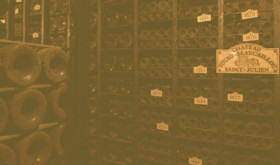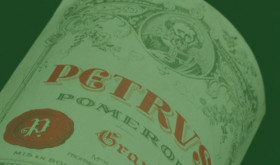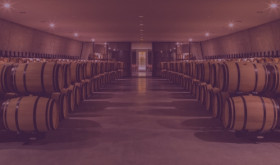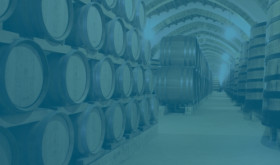
A great deal can and has been written about how to structure a wine investment portfolio. Just Googling ‘Modern Portfolio Theory’, ‘Post-Modern Portfolio Theory’, or the ‘Efficient Market Hypothesis’ makes it clear that a few hundred words can only scratch the surface.
At times we may recommend – or clients may wish for greater exposure – to a particular sector. However, the common belief is that the best practice is to hold a good spread of assets and a good spread of asset classes. One of the (many) advantages wine has to investors is its relative simplicity and that it lends itself to fairly easy portfolio structuring.
Here are some things to consider when thinking about how to structure a wine portfolio:
-
Know your goals & understand your timescales. You want to be able to take as much advantage as possible of wines’ ability to improve as it ages. As attractive as we think 2019 Bordeaux is, if you’re looking at a short hold it might not make sense to invest in En Primeur wine if its drinking window may not line up with your timescale.
-
Understand the veil of ignorance. While predictions can be useful, the future cannot be certain. Unless you have a functioning crystal ball, it’s good to have a reasonably broad selection. Hold a spread of regions, vintages and price points, but also keep an eye on holding varying formats too.
-
Don’t focus solely on the highest pinnacles when considering how to structure your wine investment portfolio. Oftentimes it is less heralded wines or vintages that outperform the market. Naturally, you’ll want to hold some tip-top wine, but make space for the less than stellar and perhaps even the objectively bad vintages. If you’re looking at well-priced examples of the best brands, there’s no reason to avoid off vintages on principle, Lafite 2007 and 2013 being great examples.
-
Have some flexibility. When building a portfolio we always have half an eye on the current shape of the wine market but it’s easy to be overly focused on sticking rigidly to a planned portfolio structure. Will it make a difference to your portfolio if you’re at 20% Burgundy or 25%? Probably a bit, but it is not going to be night and day.
It’s hard to know exactly what different sectors of the wine market will do in the next 12-24 months, but if you do your research and ensure broad holdings you can structure your portfolio for long-term stable growth. Want to talk to one of our experts about creating a wine investment portfolio in more detail? Schedule a call here.









